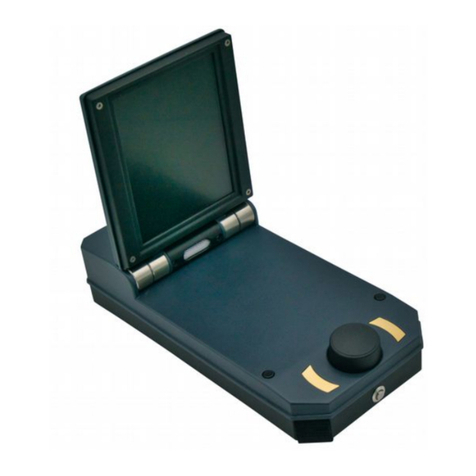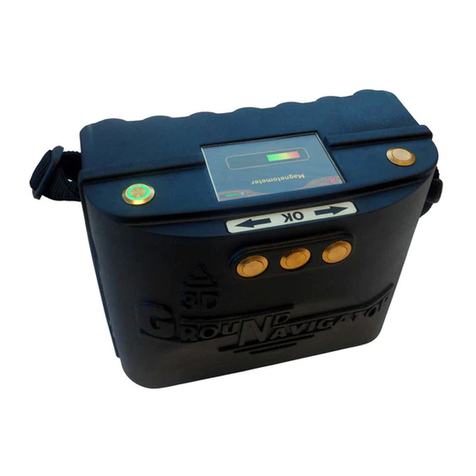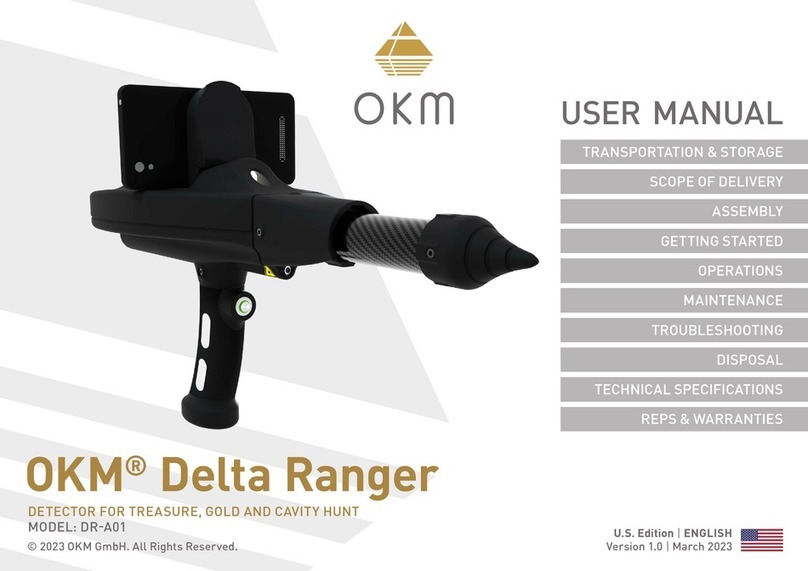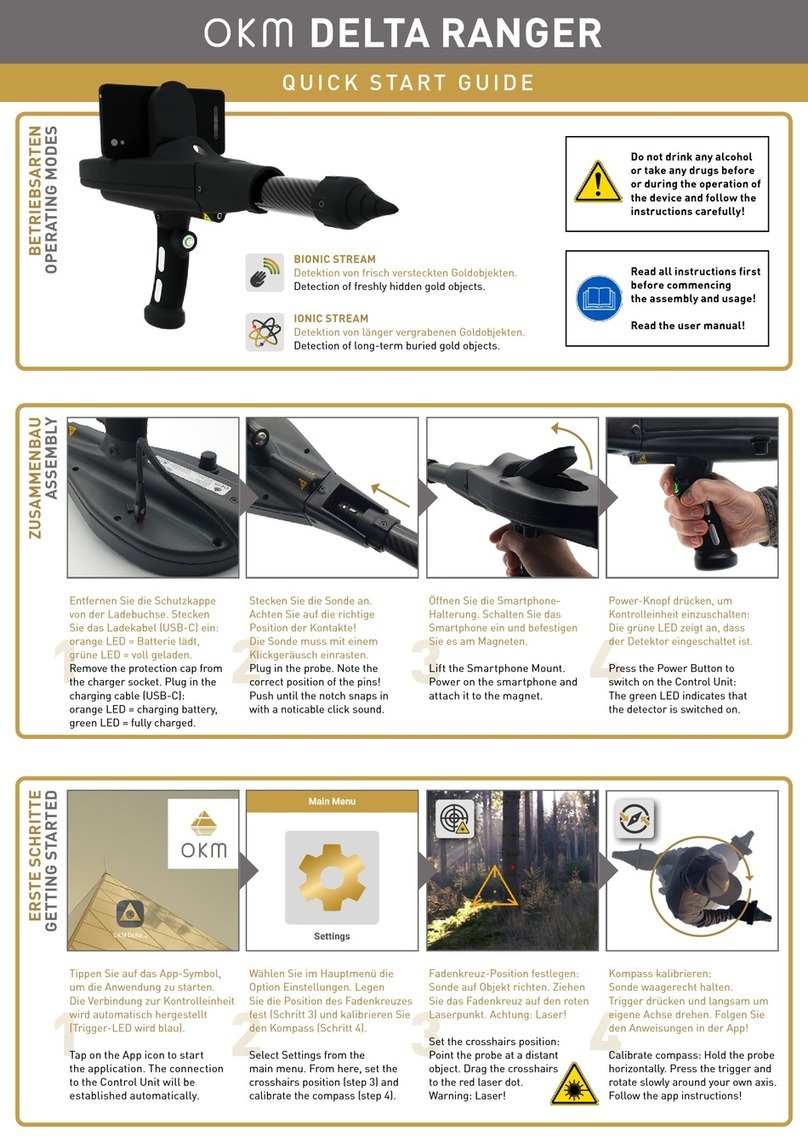3
Table of contents
1 Introduction ........................................................................................................................................... 7
1.1 Preface ........................................................................................................................................... 8
1.2 Important Notes ............................................................................................................................. 9
1.2.1 Security Guidelines ................................................................................................................ 9
1.2.2 General Notes ........................................................................................................................ 9
1.2.3 Surrounding Area ................................................................................................................... 9
1.2.4 Voltage / Power Supply ......................................................................................................... 10
1.2.5 Maintenance and Services ................................................................................................... 10
1.2.6 Danger of E plosion during E cavation ............................................................................... 10
2 Technical specifications ....................................................................................................................... 13
2.1 Controller (Receiving Unit) .......................................................................................................... 14
2.2 Power Bo (Sending Unit) ............................................................................................................ 14
2.3 Electrodes .................................................................................................................................... 14
2.4 Cable Drums ................................................................................................................................ 15
2.4.1 Power Drum (Ø 290 mm) ...................................................................................................... 15
2.4.2 Voltage Drum (Ø 100 mm) .................................................................................................... 15
2.5 Tablet PC, Minimum requirements ............................................................................................... 15
3 Scope of delivery .................................................................................................................................. 17
4 Control elements .................................................................................................................................. 19
4.1 Electrodes .................................................................................................................................... 20
4.2 Cable Drums ................................................................................................................................ 20
4.2.1 Power Cable Drums (Ø 290 mm) .......................................................................................... 20
4.2.2 Voltage Cable Drums (Ø 120 mm) ........................................................................................ 21
4.3 Controller ..................................................................................................................................... 22
4.4 Tablet Holder ............................................................................................................................... 24
4.5 Power Bo .................................................................................................................................... 24
5 Android Application ............................................................................................................................. 27
5.1 Download & Installation ............................................................................................................... 28
5.2 Operating modes and functionality .............................................................................................. 29
5.2.1 New Measurement ............................................................................................................... 29
5.2.2 Continue Measurement ........................................................................................................ 34
5.2.3 View Measurement ............................................................................................................... 35
5.2.4 Activation ............................................................................................................................. 36
5.2.5 Support Information ............................................................................................................. 37
6 Preparing and maintaining the equipment ........................................................................................... 39
6.1 Preparing the Controller .............................................................................................................. 40
6.1.1 Placing and charging the batteries ....................................................................................... 40
6.1.2 Mounting the Tablet PC holder ............................................................................................ 41
6.1.3 Mounting the Voltage Cable Drums ...................................................................................... 42
6.2 Preparing the Power Bo .............................................................................................................. 43
OKM GmbH
www.okmmetaldetectors.com
































